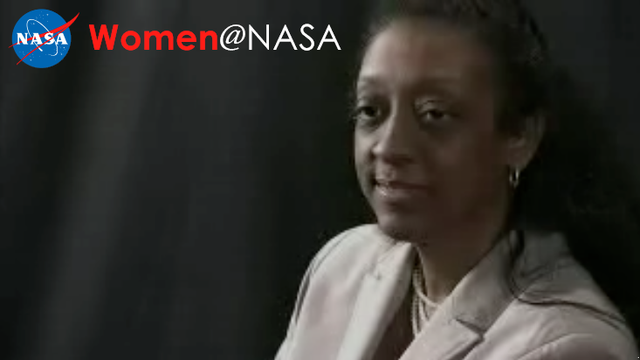 Personal identity verification cards required for all federal employees and contractors will now be easier to use and more secure thanks to new draft standards just released by National Institute of Standards and Technology.
Personal identity verification cards required for all federal employees and contractors will now be easier to use and more secure thanks to new draft standards just released by National Institute of Standards and Technology.
The changes incorporate the latest round of comments and revisions aimed at updating the original 2005 standard. “In 2011, we had our first draft,” said Hildegard Ferraiolo, a computer scientist with NIST. “We got about 1200 comments.” Keep reading →


 Trying to measure the real return on investment for allowing federal employees to telework has inevitably involved a bit more art than science. Intuitively and anecdotally, it seems obvious that giving federal workers more flexibility to work remotely makes smart economic sense; and it goes a long way toward improving employee productivity and satisfaction too.
Trying to measure the real return on investment for allowing federal employees to telework has inevitably involved a bit more art than science. Intuitively and anecdotally, it seems obvious that giving federal workers more flexibility to work remotely makes smart economic sense; and it goes a long way toward improving employee productivity and satisfaction too.




